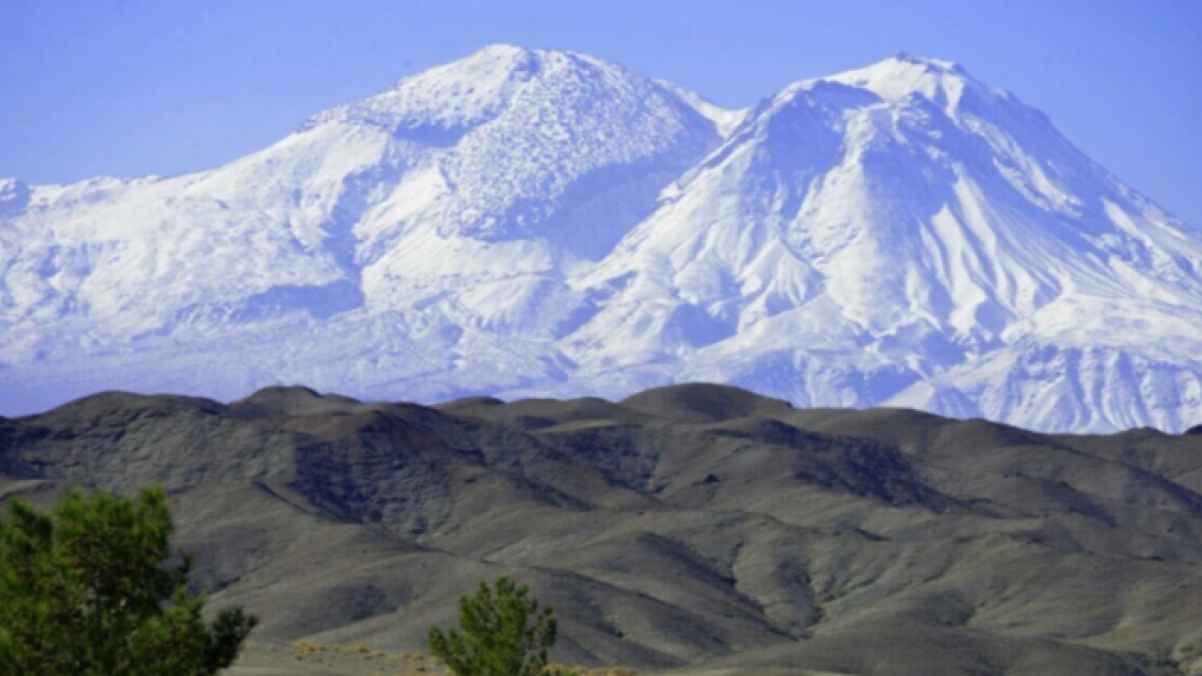Iran’s Taftan Volcano Awakens After 700,000 Years

After lying dormant since prehistoric times, new scientific data suggests that Mount Taftan in southeastern Iran may be stirring once again—a possible “return to life” after roughly 700,000 years of geological stillness.
Located near the city of Khash in a rugged, remote region known for its difficult terrain and political instability, Taftan has long been monitored primarily through satellite imagery. Recent data from the European Space Agency revealed that the volcano’s surface has risen by about nine centimeters over the past ten months—a subtle shift, but one significant enough to capture geologists’ attention.
The ground deformation coincides with local reports of sulfur smells and gas plumes near the summit, prompting scientists to reanalyze the data. Their findings indicate internal movement occurring at depths of 500 to 600 meters, likely caused by gas migration or the movement of small magma pockets beneath the surface.
Volcanologist Pablo González told Live Science that while there is no sign of an imminent eruption, the evidence clearly shows that the underground system remains active. “When pressure builds up beneath the Earth, it has to find a way out—either violently or gradually,” he explained.
Taftan, known for its constant sulfur emissions from fumaroles near its summit, was previously classified as an extinct volcano, having shown no recorded eruptions for over 11,000 years—the geological threshold that typically marks a volcano as dead. However, the new data now reclassifies it as dormant, meaning it still harbors geological energy beneath its crust.
Researchers stress that their study is not meant to raise alarm but to encourage vigilance and further monitoring. The last time Taftan erupted, humans hadn’t yet discovered farming—yet hundreds of thousands of years later, the mountain might once again be preparing to remind the world of its presence.
